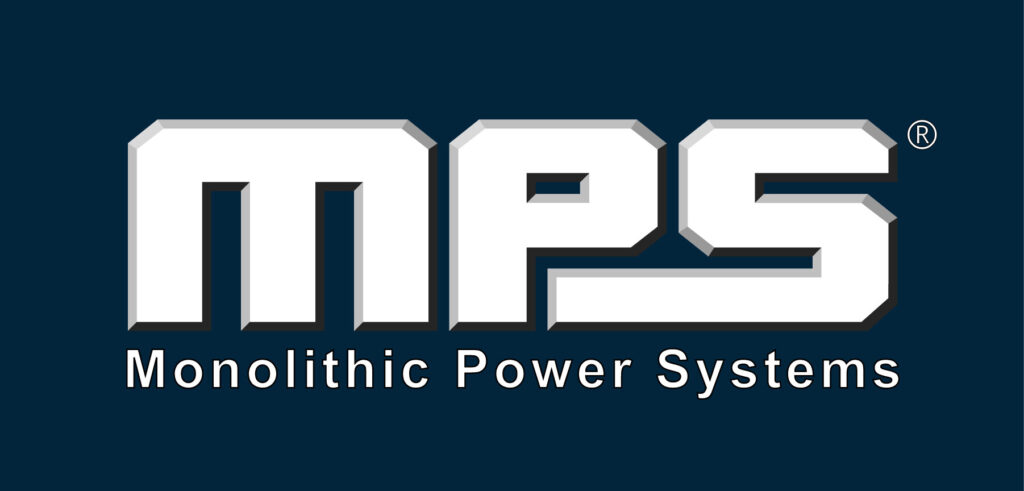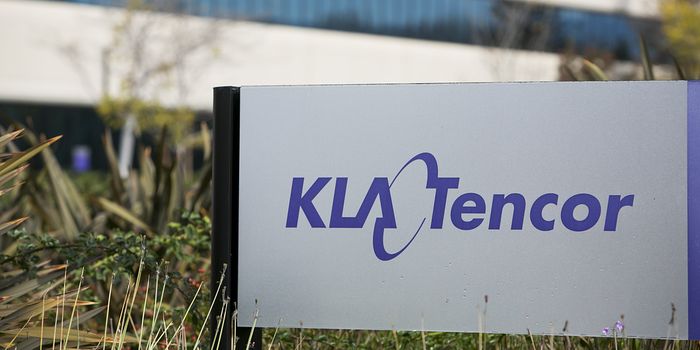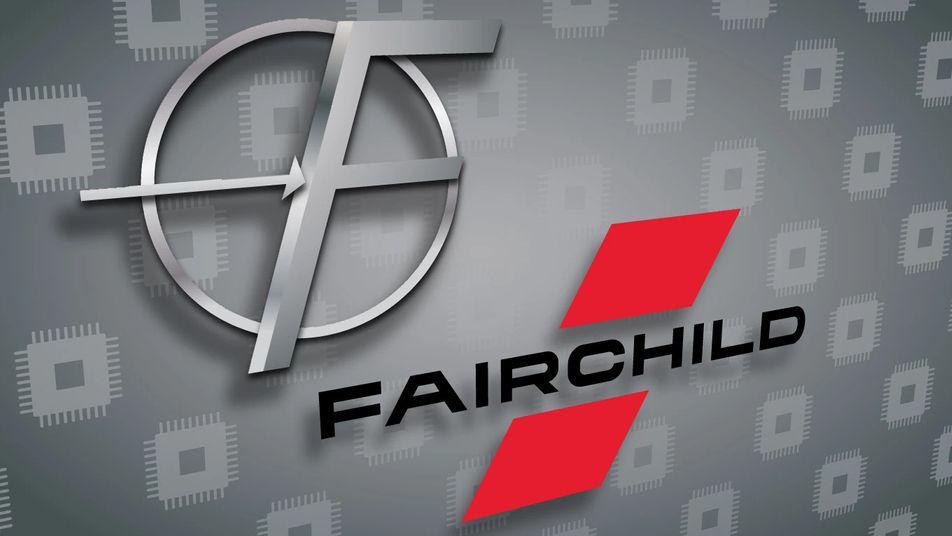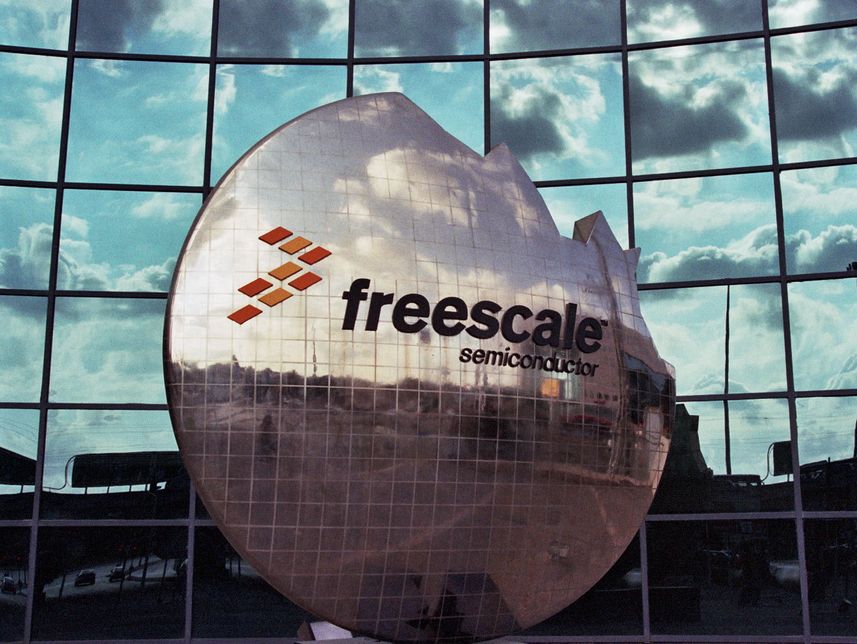Skyworks Solutions – A Wireless Semiconductor Solutions Specialist.
Skyworks Solutions is an American company driving the wireless communication revolution. A member of the S&P 500 and Nasdaq-100 market indices, is a multinational corporation with engineering, operations, marketing, sales, and support facilities spread across Europe, North America, and Asia. It is the biggest company in the world that specializes in wireless semiconductor solutions.
About The Company
Skyworks Solutions has its main office in California. It produces semiconductors for usage in radio frequency (RF) and cellular communications networks. Power amplifiers, front-end modules, and RF solutions for mobile devices and wireless network infrastructure are some of the company’s products.
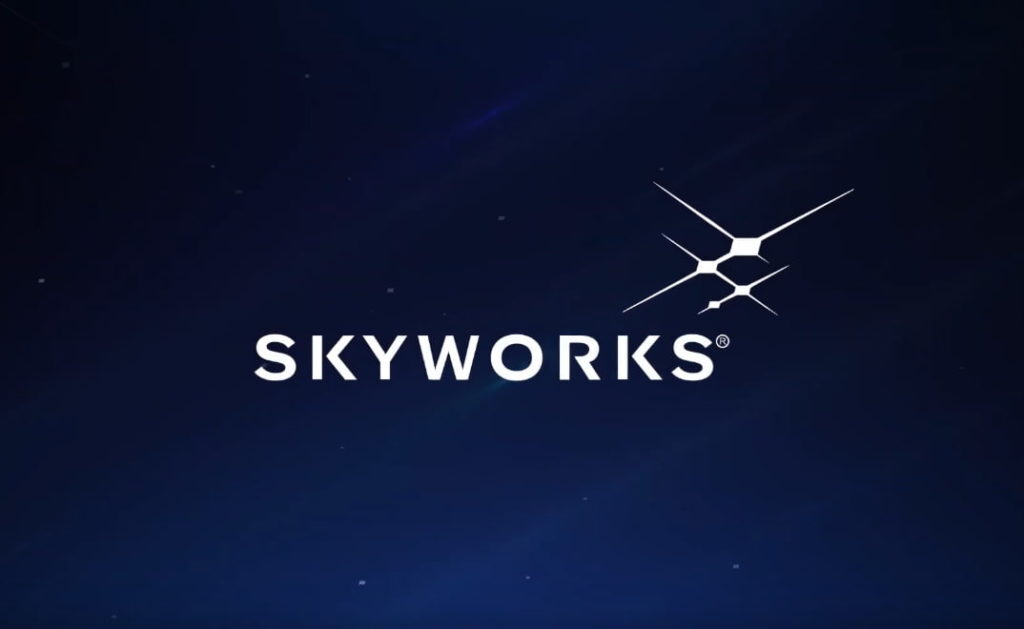
In a variety of new and previously unforeseen applications in aviation, automobiles, cellular infrastructure, broadband, connected home, healthcare, industrial, military, smartphone, tablet, and wearable markets, the company’s highly innovative analog semiconductors are tying together individuals, locations, and things. It provides optimized solutions for mobile network applications, ranging from fundamental parts and interconnected RF modules to full system platforms.
History
On June 26, 2002, Alpha Industries and Conexant’s wireless communications segment merged, resulting in the creation of a new company named Skyworks Solutions. It is based in Irvine, California, and has production operations there as well as in Woburn, Mexicali, and Newbury Park, California.
The company has design centers in Irvine, Santa Rosa, Newbury Park, Woburn, Greensboro, Cedar Rapids, and Ottawa, among other cities. The corporation has design, engineering, production, marketing, sales, and service facilities spread across Europe, Asia, and North America. The setting for the “Such Great Heights” music video by The Postal Service is Skyworks’s chip production facility in Newbury Park.
In 2015, Skyworks Solutions and PMC-Sierra entered a binding agreement under which Skyworks Solutions was supposed to acquire the company. However, after Microsemi outbid Skyworks Solutions, the contract was terminated.
In 2021, Skyworks Solutions and Silicon Labs reached a binding deal for Skyworks Solutions to pay $2.75 billion for Silicon Labs’ Infra & Automotive division. In order to improve its international Research and Innovation activities, its Cellular System Business Unit established its Indian subsidiary in 2003.
In just two years, the design centers in India (Hyderabad and Noida) have made a significant impact on our present and future products by developing, designing, and testing systems and software solutions for wireless handset devices. In 2021, Skyworks Solutions generated a revenue of over 5.11$ billion.
Products
A few of the products offered by this company are modulators, mixers, optocouplers, phase shifters, optoisolators, PLLs/VCOs/synthesizers power combiners/dividers, power regulation gadgets, receivers, switches, and technical ceramics. The company also offers amplifiers, circulators, attenuators, front-end modules, demodulators, diodes, detectors, directional couplers, hybrids, and infrastructure RF subsystems.
Founder and CEO – Liam Griffin
Liam K. Griffin is the founder, president, chairman, and CEO of Skyworks Solutions. He had held the positions of CEO, Director, and President since May 2016 before being appointed as the chairman of the board in 2021. He oversaw all of Skyworks Solutions’ business segments while serving as executive VP and corporate general manager from 2012 to 2014.
He served as the vice president of global sales at Vectron International, before joining Skyworks Solutions. He has completed his bachelor’s from the University of Massachusetts and also holds an MBA degree from Boston University.
He presently sits on the executive committee of the CEO Leadership Alliance Orange County as well as the board of National Instruments, a provider of software-defined systems for automated measurement and testing systems. Previously, Mr. Griffin was a member of Vicor Corps board.

I am a law graduate from NLU Lucknow. I have a flair for creative writing and hence in my free time work as a freelance content writer.
